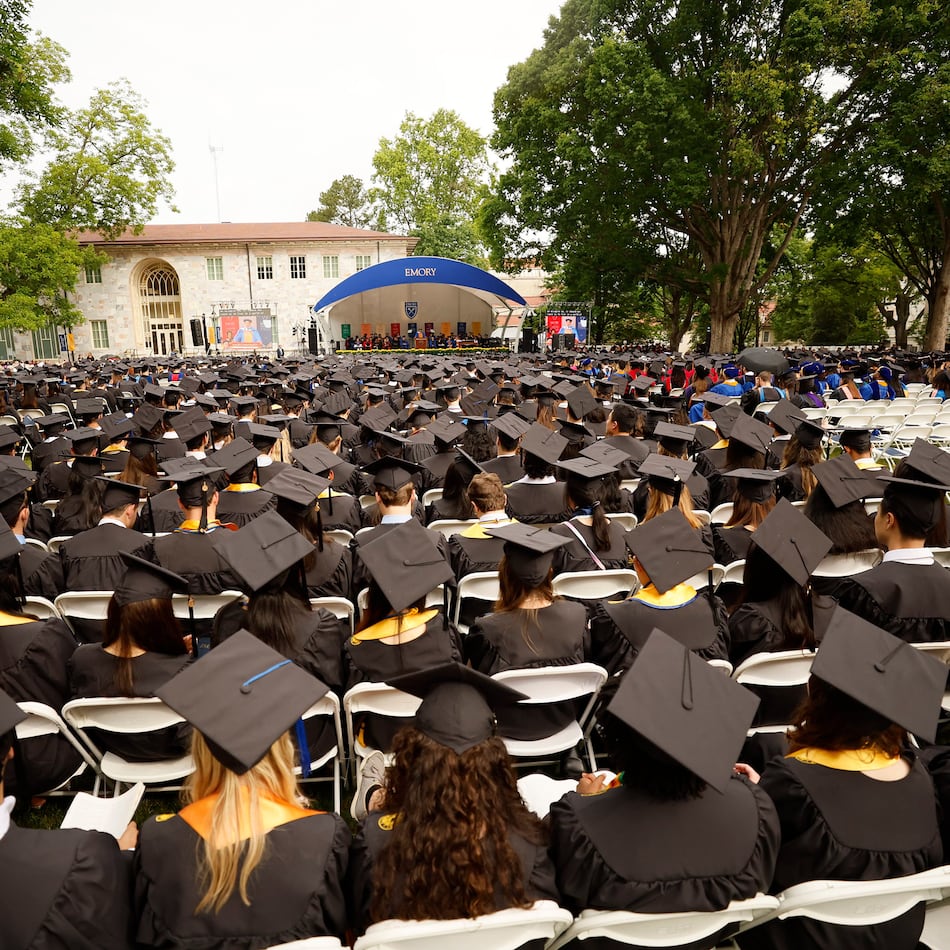Early success, for all its monetary and emotional rewards, can spoil an artist. Seduced by the ease of repeating the work that earned the accolades, an artist is tempted to forsake the much harder and ultimately more important task of personal growth.
Kojo Griffin could have gone that route. His handsome, psychologically charged painting earned berths at the 2000 Whitney Biennial and “Freestyle,” the seminal 2001 exhibit at the Studio Museum in Harlem as well as prestigious gallery representation. He could have continued to turn them out for eager collectors.
To his credit, the Atlanta artist wasn’t content to rest on his laurels. Over the past few years, he has pushed himself to explore other ideas and media. It’s been a rocky road.
The work produced after abandoning the paintings with signature animal heads on human bodies was awkward and tentative by comparison. Yet, as his watercolors at Saltworks demonstrate, Griffin has continued to push himself.
He seems to be finding his way. Perhaps deciding that it wasn’t necessary to throw the baby out with the bath water, he returns here to the imagery of human relationships that brought him earlier success.
In this, he is exploiting his strengths. Griffin knows how to communicate the subtleties of interpersonal dynamics through body language — gesture, posture and spatial relationships.
And he knows how to create dramatic tension through ambiguity. Once again, he masks his figures’ facial features, but he replaces the animal heads work with fragments of grids, randomly filled in.
Griffin’s skills in drawing and painting exceed watercolor, but he’s experimenting with interesting effects. For instance, he has folded each sheet in half, so that the blotted watercolor creates a symmetrical pattern.
The result is reminiscent of a Rorschach, or inkblot, test, which is based on the assumption that one’s response to an ambiguous image reveals underlying emotional baggage. It’s an apt form for Griffin’s content.
The watercolors project a ’50s-illustration look. Intentional or not, it links the work to a period that seemed innocent and orderly on the surface because all darkness was swept under the rug.
The work still has a work-in-process aura. More power to him. Griffin’s got the grit to go the distance.
Also at the gallery: Alejandro Aguilera muses on life and death in compelling semi-abstract paintings that make use of rich azure and astral gold and deft patterning. Jefferson Pinder’s performance/video, “Lazarus,” imagines the power of community in a joyful story about a car that won’t start. The downer (spoiler ahead) is that the crowd that builds to push the jalopy is only a fantasy.
Catherine Fox blogs about art and architecture at www.ArtscriticATL.com
About the Author
Keep Reading
The Latest
Featured

